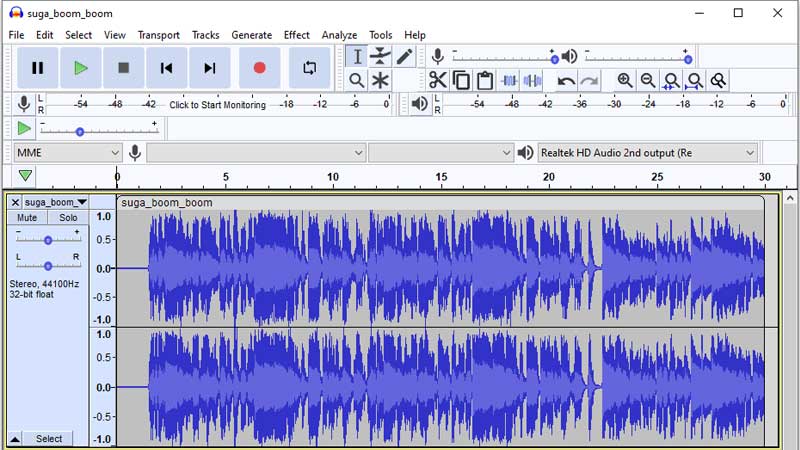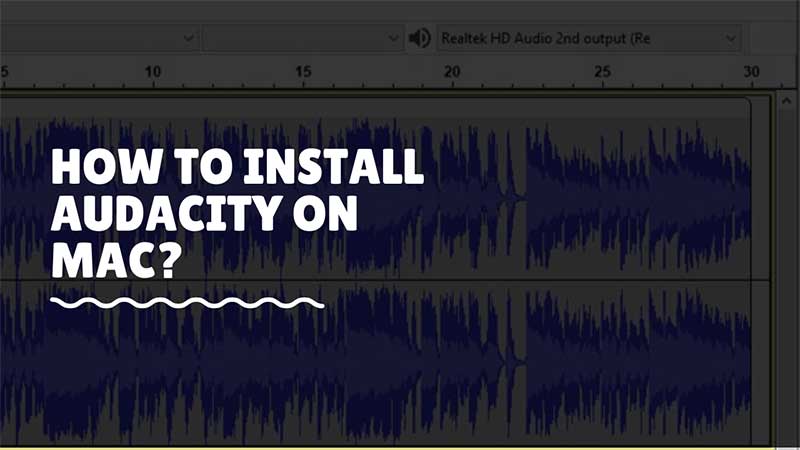Audacity is a quite popular and simple-to-use audio editing software. It is available on Windows and other platforms. If you are looking for a similar tool on Mac, then here is what to do. Luckily Audacity is available for Mac operating system. This means it is a native app and will come with all features. There is no need to install any kind of virtual toolbox type tool to install Windows first and then run its app. Follow the steps below to use Audacity on Macbook.
How to Download Audacity for Mac?

Below is the direct download link to the Audacity tool for the Mac system. Click the link and you will see a .dmg file in the download section of the browser.
- Click here to download the Audacity Mac Version.
- Double click the .dmg file to mount it and then drag the app shortcut to Applications.
- Launch the Audacity.app.
If you are facing any issues with the above link then try this one – Audacity Mac Legacy Download. Audacity Mac version also supports plugins. In a Windows environment, you can just run the setup and install it. But in Mac, Audacity Plugins installation is different. To install \plugin you will have to move the plugin files to the following locations.
- ~/Library/Audio/Plug-Ins/Components – for user plugins.
- /Library/Audio/Plug-Ins/Components – for system plugins.
As there is a native app that is designed to work for the Mac system you can try Audacity with no issue. But if you are looking for advanced features then here are some of the best Mac Audacity alternatives.
- Adobe Audition
- Apple Logic Pro
- WavePad
- AVS Audio Editor
The best thing about Audacity is it is extremely easy to use. It has a simple split-edit function that allows you to break audio files into pieces. The audio-wave UI also helps you to clear up loud pitches from the audio file. There are many plugins to extend this app’s feature. Audacity is a good audio editor to start, but if you are looking for more advanced features then the first two in the list are the best ones.
Adobe Audition has 10k+ free sound effects, and it works with both audio and video files. It is kind of an advanced tool. On the other side, Apple Logic Pro is dedicated to sound editing. You can use its recording feature to capture sound and then modify it in real-time. You can use your iPhone or iPad to control the app on your Macbook.
